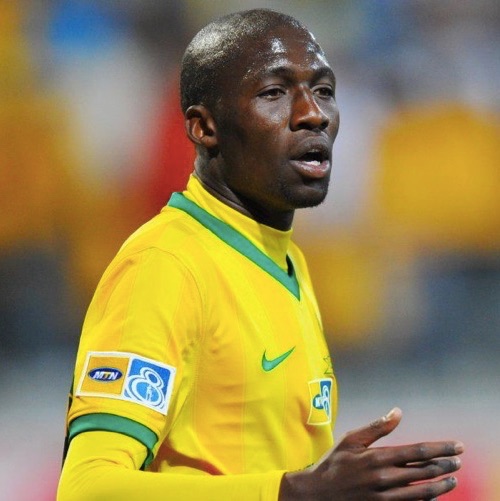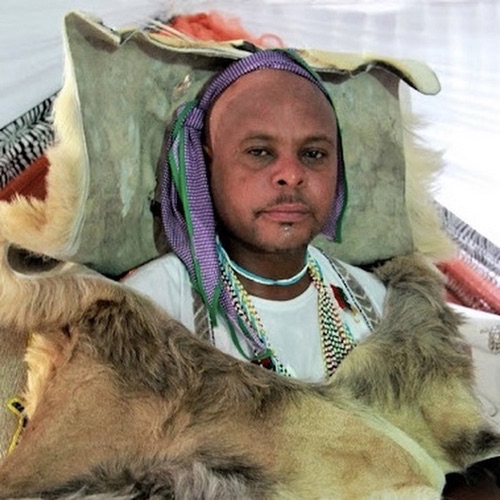Ulwaluko is an ancient tradition Xhosa people typically undergo during childhood in order to be welcomed into adulthood. This rite of passage usually includes a series of lessons teaching young boys about the responsibilities that come with manhood.
A man who has not undergone coming-of-age rituals is referred to as a boy, regardless of his age. He is not allowed to participate in male activities such as tribal meetings. Read on to learn more.
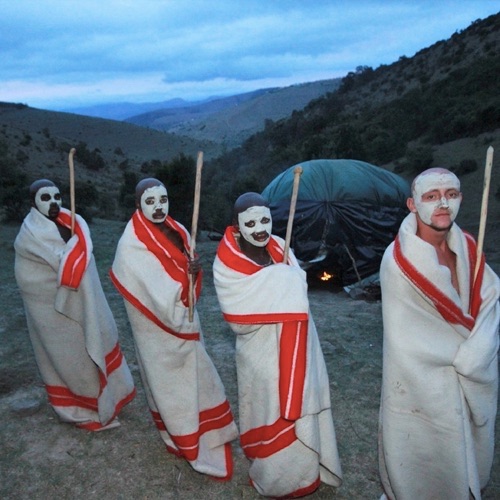
Practice
The initiation ritual is typically performed during the months of June/ July or late November/ December. The traditional surgeon (ingcibi) removes the foreskin using surgical methods during the actual ritual.
After the cut is made, the period of seclusion that typically follows lasts one month and is divided into two phases. However, this isn’t always accurate in today’s day and age, especially in urban areas, where it usually lasts at least 4 weeks.
For the initial week, recruits are restricted to a hut (bhoma) and only allowed to consume certain foods. This may differ among households as certain families have their own beliefs or customs. Additionally, water usage may be limited.
The first phase ends with the ukojiswa rite, where food taboos are no longer in place, signifying the beginning of the second phase lasting two to three weeks. During these phases, traditional attendants (ikhankatha) take care of the initiates.
The boys’ seclusion period officially ends when they are goaded to run down to the river and wash one last time. This depends on where the tribe is located. The hut (Bhoma) and everything the initiates own, including their clothes, are burned.
After the initiation process is complete, each initiate receives a new blanket and is now called an “ikrwala” (singular) which means ‘new man’. Plural form for initiates is amakrwala, while non-initiated men are called Inkwekwe. For a set period of time after the rite, it is customary for initiates to dress very formally.
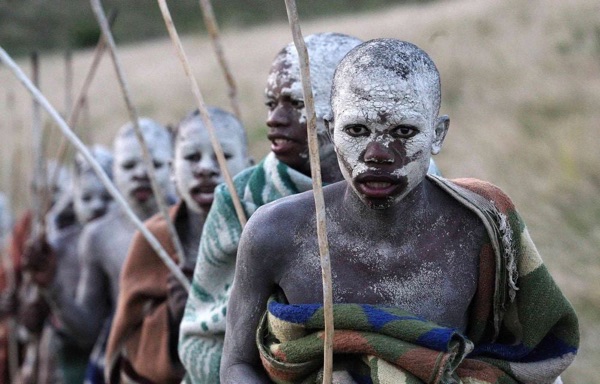
Risks of Ulwaluko
Since 1995, at least 969 people have died as a direct result of complications arising from the initiates’ ritual. There is no accurate count of how many phallus amputations have occurred. It is however estimated that their number is roughly double the amount of deaths. Most deaths and complications are due to traditional practitioners lacking the proper skillset.
Pondoland is especially vulnerable to death and illness because of the Mpondo’s history with a particular ritual. The Mpondo practised this custom until King Faku banned it in the 1820s, after he lost several sons to complications stemming from the ritual. Initiation schools began popping up again in the 1980s and 1990s, and now the rite is being performed on a large scale once more.
In January 2014, Desmond Tutu urged traditional leadership and government to intervene, and “to draw on the skills of qualified medical practitioners to enhance our traditional circumcision practices.” He emphasised that cultural importance of the ritual functions as an educational institution, preparing initiates “to contribute to building a better society for all.
A total of 21 boys died in separate initiation schools throughout the region over the summer of 2019 in South Africa.
The majority of the deaths resulted from dehydration because water was restricted. The Health Minister Zweli Mkhize recommended schools stop performing this ritual during summer months.
Failed circumcisions can result in depression and feelings of manhood deprivation, both of which may lead victims to contemplate suicide.
Contemporary Views
Young Xhosa men and women alike still find value in the ancient ritual of Ulwaluko. It is seen as a sacred, family-oriented practice by many who are emotionally attached to it. The Ulwaluko carries significant cultural meaning for the Xhosa people.
Although circumcision for males is available in a hospital setting, this option has not replaced the ancient tradition of Ulwaluko. This is because circumcision in a clinical setting does not hold the same cultural meaning as Ulwaluko beyond simply removing the foreskin.
Several ceremonies are held before the young person ‘enters’ society. The family gathers to ask for blessings and see the boy off during these traditions.
The young boys are reconnected with their ancestors and ‘uQamata’. They learn about their history, receive discipline training, and what it means to be a family man. Moreover, how to grow into a responsible adult who contributes positively to society.
Sex is not allowed in the bush. It does not matter if you are heterosexual or otherwise, as the bush is considered a holy place that should be safe for children (like Sunday school). Women and young women are not allowed, although families may make an exception for very young children. This is because young children represent purity and innocence.
Therefore, the initiate’s sexuality is less of a consideration because he is still young. His innocence isn’t lost at his circumcision, but rather it marks a bittersweet transition from boy to man. He doesn’t become a man in the ‘bush’.
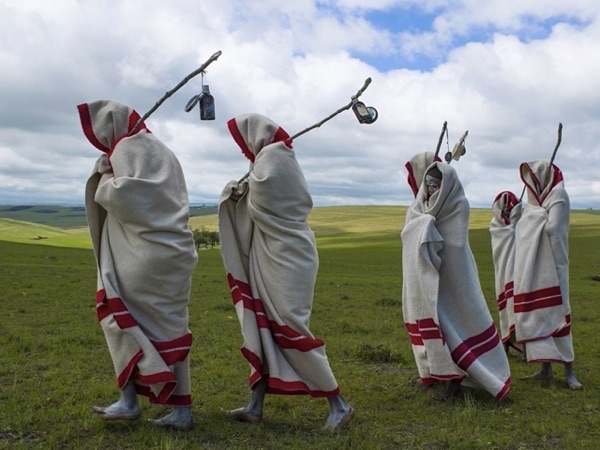
Ulwaluko Secrets
While the details of the ritual are kept secret from females and uninitiated males, some sources claim that this is because ‘what happens in the bush, stays in the bush.’
Cultural prejudice against those who don’t conform to certain standards of circumcision can be so violent that men are attacked for not meeting these often-arbitrary standards. It is unclear what the link is between this short term practice and the levels of violence seen in some cases.
A man was attacked in March 2014 after voicing his opinion about the difficulties he endured from a religious ritual.
While practicing in South Africa, Dutch medical doctor Dingeman J. Rijken often saw patients with severe Ulwaluko-related health problems.


